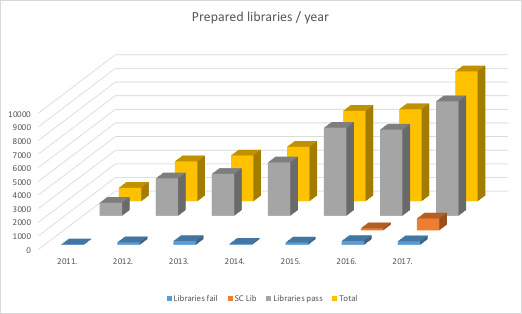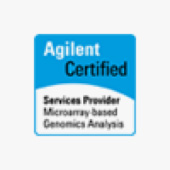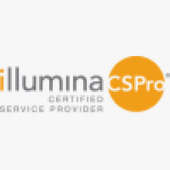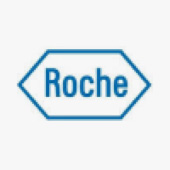HEAD OF THE UNIT: Marta Gut
LABORATORY MANAGERS: Julie Blanc, Katja Kahlem, Lidia Agueda
LABORATORY TECHNICIANS: Marta Lopez, Ana Gonzalez, Pili Herruzo, Maite Rico (maternity leave from February to September), Caterina Mata (maternity leave from April), Laetitia Casano, Aurora Padron, Yasmina Mirassou (maternity leave from February), Giulia Lunazzi (maternity leave until May), Regina Antoni, Ester Bonastre, Nuria Aventin, Sonia Villanueva Hernandez (from May to November), Caterina Carbonell (from May), Carme Fabregat (from August).
SPECIALIZED TECHNICIANS: Javier Gutierrez, Silvia Speroni
QUALITY MANAGER: Lidia Sevilla
SINGLE CELL GENOMICS
TEAM LEADER: Holger Heyn
POSTDOCTORAL FELLOWS: Amy Lauren Guillaumet (until July), Catia Moutinho (from July), Gustavo Rodriguez, Giovanni Iacono (from March)
PhD STUDENTS: Atefeh Lafzi, Davide Polizzi (until September)
DATA ANALYST: Elisabetta Mereu







